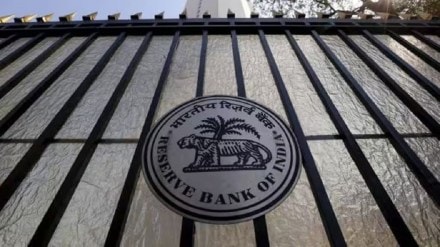Banks have given a lukewarm response to the Variable Rate Reverse Repo (VRRR) auctions conducted by the Reserve Bank of India (RBI), reflecting that the lenders do not want to forgo excess funds. In the 14-day VRRR auction conducted by the central bank on Friday, banks parked Rs 20,482 crore, which was just 40% of the notified amount of `50,000 crore, showed the RBI data.
The response of the lenders to the previous such auctions have also been muted. In the past three auctions held in October and September, banks parked 10-13% of the notified amount, while they parked around 22-34% of the total notified amount in auctions conducted in August.
“Banks have entered into season of high credit demand and they do not want to lock-in their funds for the 14 days. “They do not want to face a situation where they have to borrow from money market to meet credit demand just because they locked in money for 14 days in VRRR,” Madan Sabnavis, chief economist, Bank of Baroda told FE.
“Instead of VRRR, they prefer parking excess funds in the RBI’s overnight Standing Deposit Facility,” he added.
Standing Deposit Facility is an overnight deposit facility by the RBI that allows banks to park excess liquidity. Experts said that relatively high bond yields have also prompted bank to stay away from parking funds at 6.49% under VRRR auctions.
“During September and October, the yields on short term Commercial Papers had risen by around 20-25 basis points which encouraged the lenders to park excess funds in CPs,” Sanjay Agarwal, senior director, Care Ratings told FE.
The central bank conducts VRRR auction to withdraw excess liquidity from the banking system. The RBI has reduced the size of VRRR by half since September which shows that the level of excess liquidity in the system has declined. The notified amount of the previous four auctions were Rs 50,000 crore while the size of auctions held in August was Rs 1 trillion.
“The reduction in the notified amount of VRRR auctions reflects that amount of excess liquidity in the banking system has declined now,” Sabnavis said. He added that some larger banks have excess liquidity while there are some small and mid size banks which are facing liquidity shortage.
